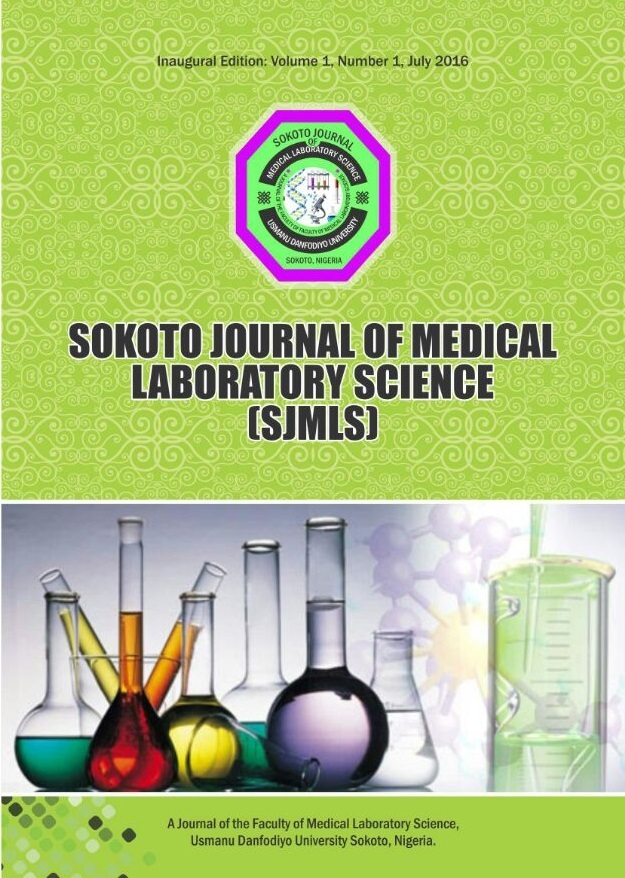Thyroid Profile in Nigerians with Essential Hypertension in Benin City, South-South Nigeria
Keywords:
Hypertensives, Normotensives, Thyroid stimulating hormones, Thyroxine, Triiodothyronine, Body mass index.Abstract
Endocrine- related studies have been gaining more relevance in the investigation of the causes of hypertension. Hypothyroidism has been listed as a reversible cause of hypertension. In this study, thyroid hormones and body mass index (BMI) were determined in hypertensive Nigerian adults (n=104) attending the outpatient clinic in the University of Benin Teaching Hospital, Benin City, Nigeria. Age –and gender- matched normotensive (n=80) from similar socio-economic background were monitored as controls. The study aimed to determine if the Nigerian subjects enlisted were predisposed to hypertension due to thyroid dysfunction and to find out the possibility of thyroid-induced reversible hypertension. Thyroid–Stimulating Hormones (TSH), Triiodothyronine (T3) and thyroxine (T4) were determined using enzyme immunoassay on microtiter plate format and the Body Mass Index (BMI) values were obtained from height and weight values taken with standard height and weight scale. The results obtained showed that the blood pressures (mmHg) in hypertensives (155.89 ± 25.65/93.09 ±12.26) while that of as significantly higher than that of normotensive controls (121.81 ± 7.17/80.18 6±.03) (p <0.05). TSH level was (2.99 ± 2.16 µIU/mL) r in hypertensives compared to normotensive controls (3.25 ± 1.87 µIU/mL). T3 and T4 levels among hypertensives was (1.13 ± 0.28 ng/mL) and (7.04 ±1.84µg/dL) respectively compared to normotensive controls (1.06 ± 0.24 and 6.56 ± 1.36). The mean BMI among hypertensives was (27.40 ± 6.2) compared to normotensive controls (24.91 ±3.45). These differences however were not statistically significant. BMI in hypertensives was negatively correlated with TSH (r = -0.10, p = < 0.05) and T4 (r = -0.13, p = < 0.05), while in normotensives, there was a weak positive correlation between BMI and T4 (r= 0.10, p <0.05). Additionally, BMI showed weaker positive linear correlation with T3 in hypertensives (r = 0.21, p > 0.05), compared with normotensive controls (r = 0.39, p<0.05). The study suggests that there appears to be subclinical thyroid dysfunction in hypertensive Nigerians, which tends to underscore the usefulness of occasional thyroid assessment in the management of hypertension.




